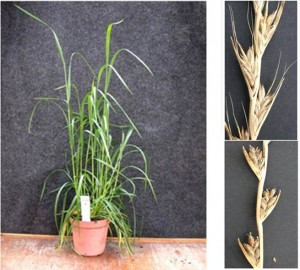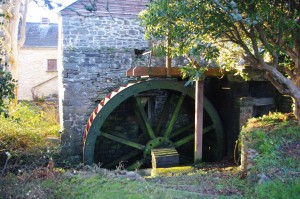Remembering Darnel, a Forgotten Plant of Literary, Religious and Evolutionary Significance is the title of a paper by Howard Thomas, Jayne Archer and Richard Marggraf Turley, to be published in the Journal of Ethnobiology. The abstract is as follows:
This paper explores the complex interactions between people and the psychotoxic crop contaminant and wheat mimicker, darnel (Lolium temulentum L.). Bringing together knowledge from literary, historical, religious, medical and scientific sources, we trace the ways in which the plant’s cultural story has been informed by its cultivation (accidental and otherwise) by humans. Darnel is a man-made plant that evolved from a perennial progenitor and was subject to the same human-mediated selection pressures as the ancestral cereal species it infested. The toxicity of darnel grains is due to a cocktail of phytochemicals secreted by genetically complex endophytic fungi of the genus Epichloë, closely related to ergot (Claviceps purpurea (Fr.:Fr.) Tul.) We show how darnel’s reputation as a poisonous cereal mimic that corrupts the food-chain made the plant a symbol of malign subversion, notably invoked in crises around religious heterodoxy and political subversion. We consider the ways in which literary allusions, from Shakespeare to Dickens, identified the corrupting influence of darnel with psychological and social breakdown. Darnel is classified as extinct in the United Kingdom and other developed countries with intensive agriculture, and its significance as a food chain contaminant and literary and religious symbol is vanishing from experience and understanding. This paper, then, is intended to serve as a textual seed bank to collect darnel’s cultural traces, and to demonstrate the ways in which the plant has annotated key debates and moments of crisis in human history.


